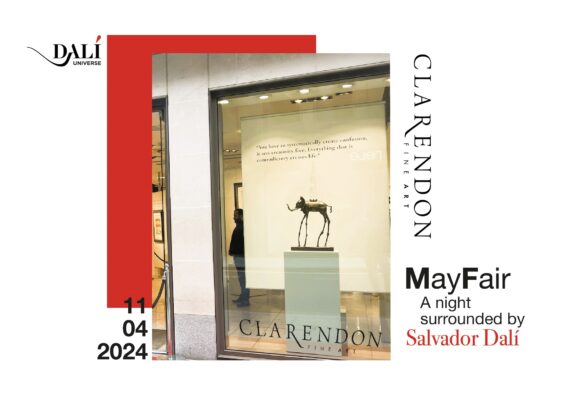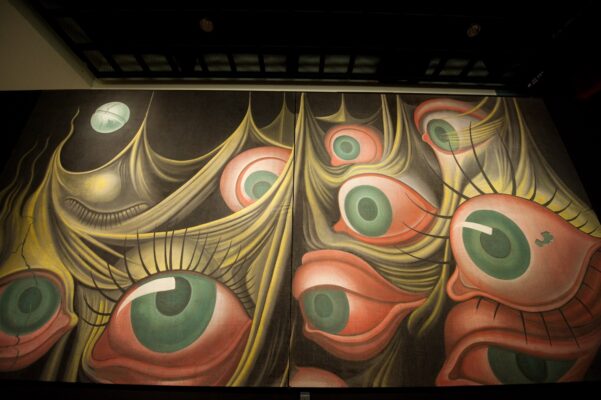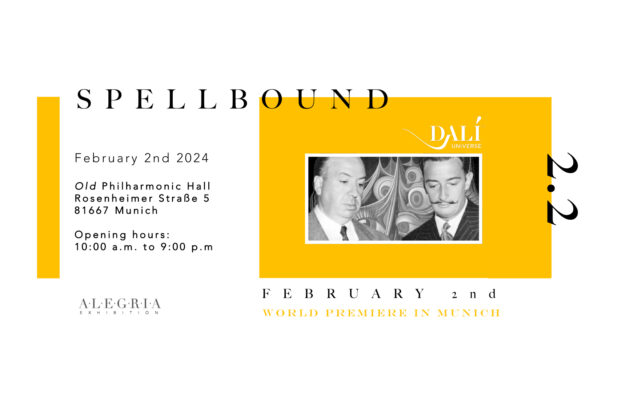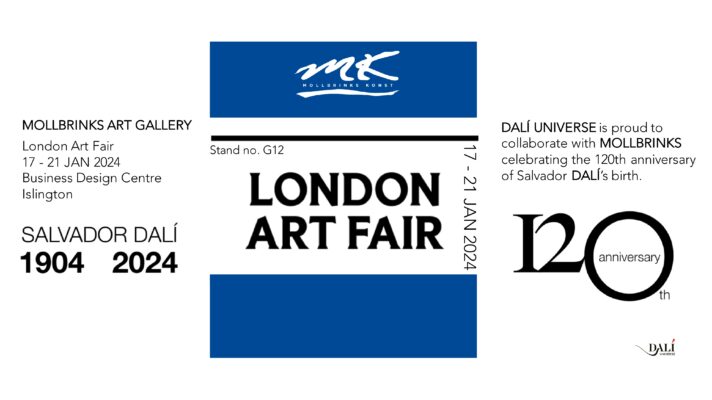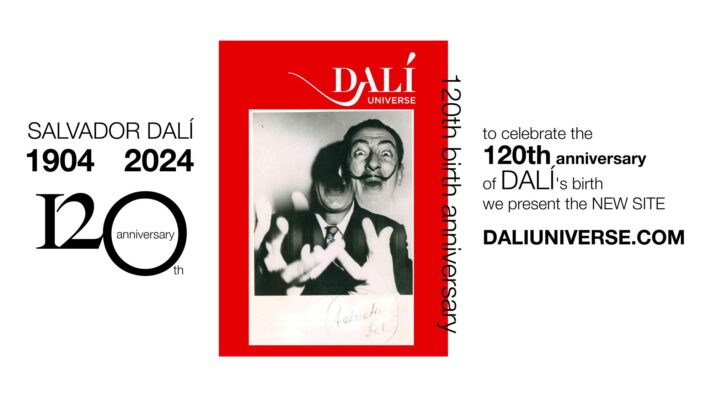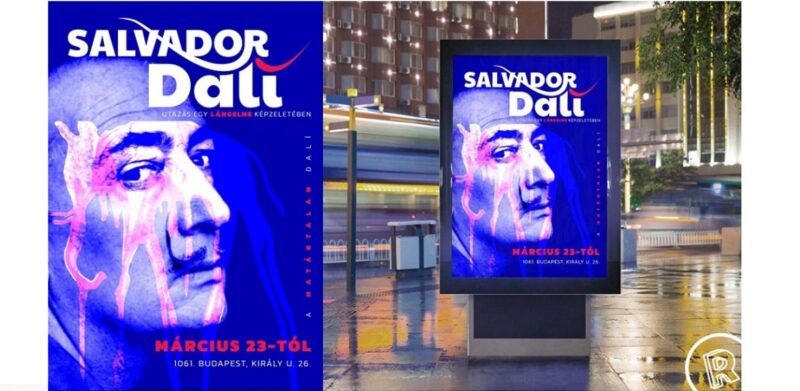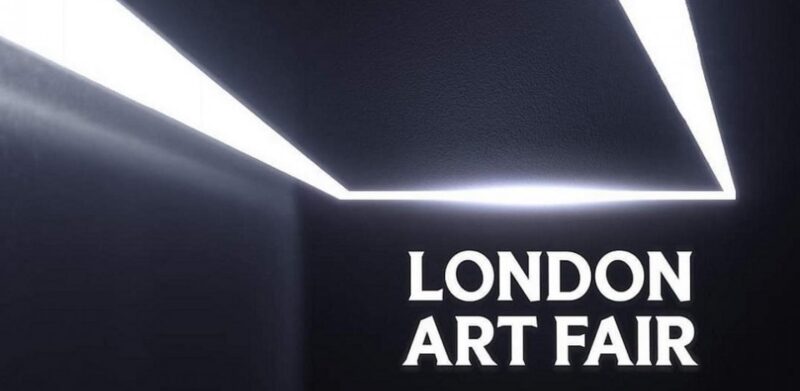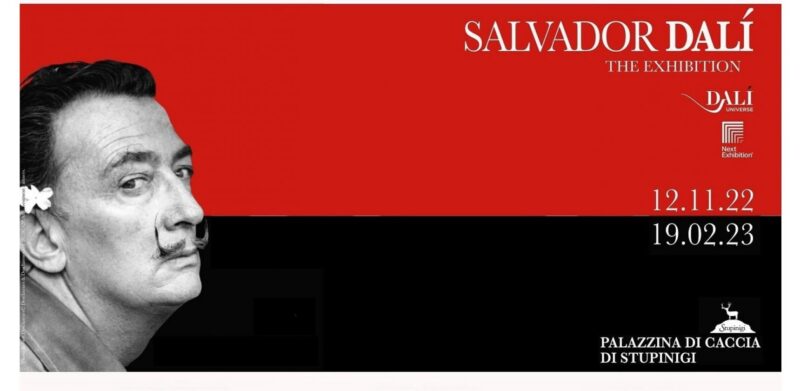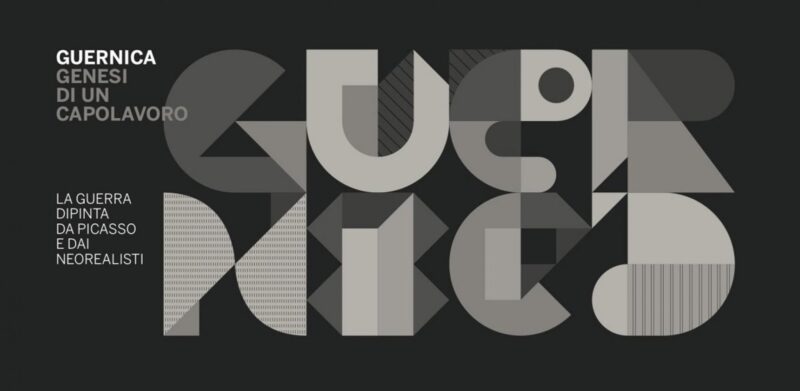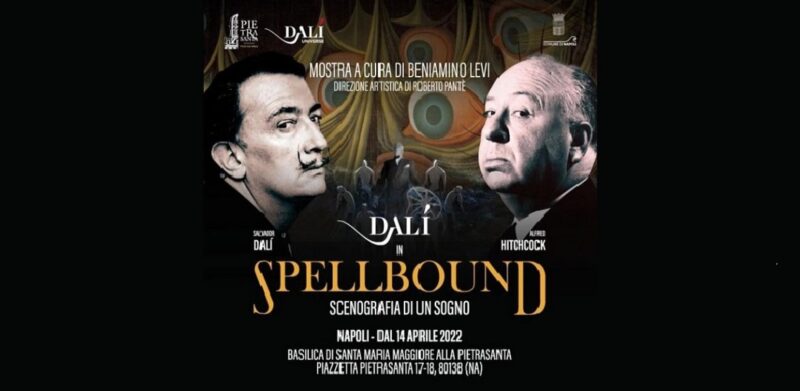Category Archives: NEWS
The Master of Surrealism Conquers Mayfair
“Beyond Reality” : Salvador Dalí at Clarendon Fine Art “You have to systematically create confusion,
16
Apr
Apr
Salvador Dalí: Exploring the Obsession with the Eye.
“Salvador Dalí endowed surrealism with a prime instrument of importance, the paranoid-critical method, which he
04
Mar
Mar
“Dalí: Spellbound – The Exhibition” in Munich, Germany.
“I wanted Dalí because of the architectural sharpness of his work”. Alfred Hitchcock On this
01
Feb
Feb
Dalí Universe at London Art Fair 2024: Mollbrinks Art Gallery pays tribute to Salvador Dalí on the 120th Anniversary of his birth.
The London Art Fair returns for its 36th edition this week at the Business Design
17
Jan
Jan
“Dalí Universe” New Website: Celebrating the Legacy of Salvador Dalí on the 120th anniversary of his birth, 1904 – 2024.
As we usher in the New Year of 2024, we are thrilled to kickstart it
15
Jan
Jan
- 1
- 2

